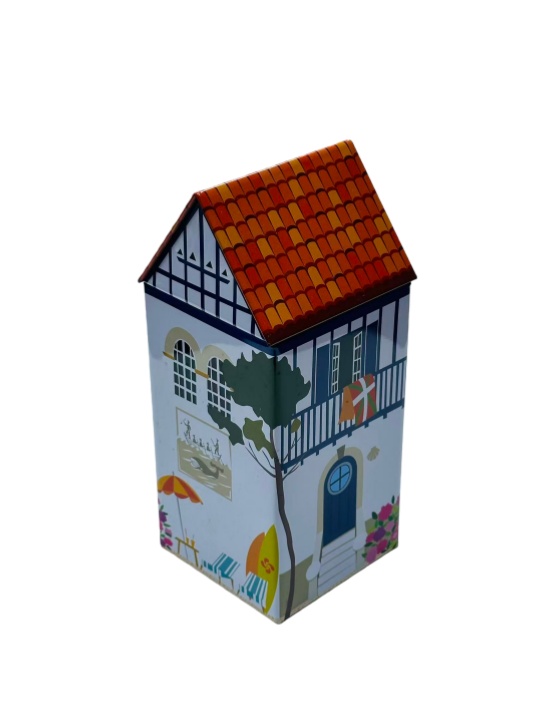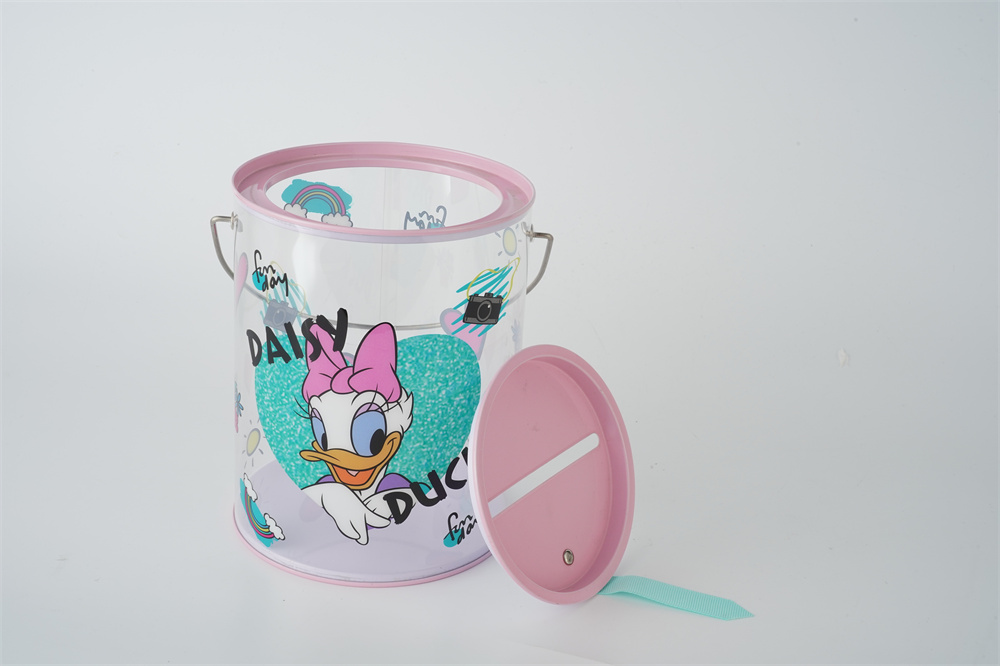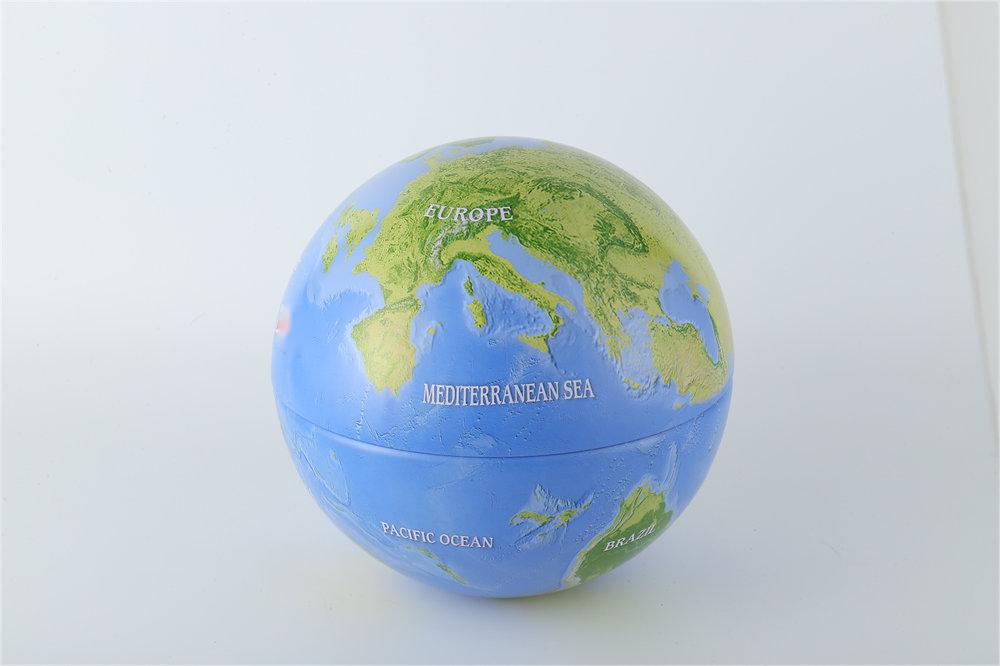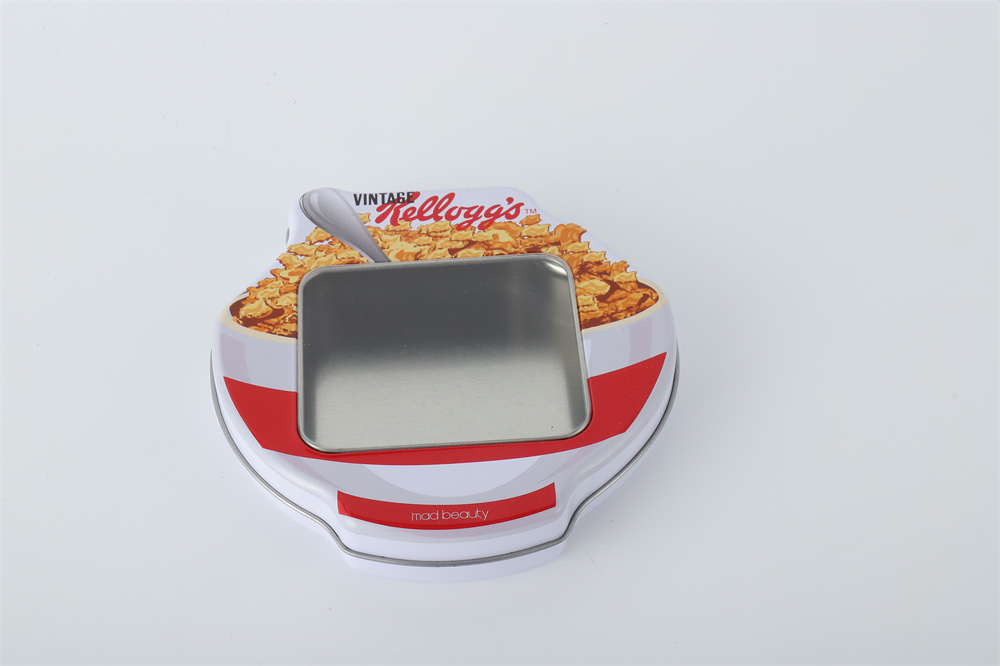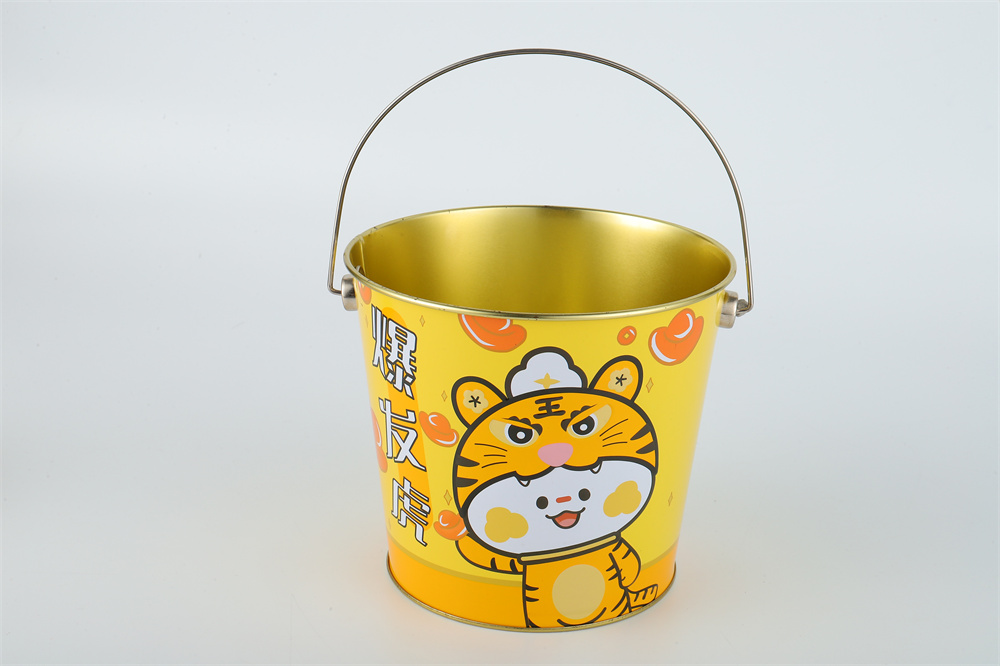Tinplate packaging, often referred to as tin cans or simply "tins," has been a cornerstone in the packaging industry for generations. This packaging method, which utilizes steel coated with a thin layer of tin, boasts a legacy of practicality and resilience. As the global conversation pivots towards sustainability, tinplate packaging is experiencing a renaissance, being lauded not just for its traditional benefits but also for its eco-friendly credentials.
The origins of tinplate packaging date back to the early 19th century, revolutionizing food storage and distribution. Its ability to seal in freshness and extend the shelf life of perishables without refrigeration was a game-changer. Fast forward to the present day, the same qualities that made tinplate a staple of pantries worldwide are now underpinning its modern appeal. The sustainability of tinplate packaging lies in its recyclability. Unlike many plastics, tinplate can be recycled indefinitely without degradation of quality, making it a poster child for circular economies. In a world where over 300 million tons of plastic waste is generated annually, the tin can's recyclability presents an attractive alternative for environmentally conscious brands and consumers. Moreover, the production of tinplate packaging has become more energy-efficient. Modern manufacturing processes have significantly reduced the carbon footprint of tinplate production. The material's innate properties, such as its formidable barrier against light and oxygen, continue to protect contents effectively, thereby reducing food waste — a pressing issue in global environmental and economic domains.
Design innovation has also played a pivotal role in the resurgence of tinplate packaging. Contemporary graphic printing techniques have transformed tin cans into canvases for branding, turning them into collectible items and marketing tools. The aesthetic appeal of tinplate packaging can enhance a product's perceived value, tapping into the consumer's desire for products that are both functional and visually appealing. The use of tinplate in packaging extends beyond just food. It's a preferred medium in industries ranging from cosmetics to spirits, where the integrity of the product is paramount.
The material's sturdiness and malleability allow for creative shapes and sizes, providing a bespoke feel to standard products. Tinplate packaging also addresses safety concerns. It's tamper-evident and non-toxic, traits that are essential for consumer protection. With advancements in canning technology, features like easy-open lids and resealable closures have added convenience, furthering its appeal in our fast-paced world.
In the realm of environmental stewardship, tinplate is a shining example of how traditional methods can align with modern sustainability goals. Its full lifecycle — from production and usage to recycling and repurposing — exemplifies efficiency and environmental responsibility. As industries and consumers increasingly prioritize green packaging solutions, tinplate stands out for its perfect harmony of old and new. It offers a tried-and-tested solution with a minimal environmental footprint, a rare quality in today's packaging alternatives. In summary, the tinplate can, with its blend of tradition and innovation, durability and recyclability, functionality and aesthetic appeal, remains an integral part of packaging solutions, proving that good design and environmental responsibility can indeed go hand in hand.


